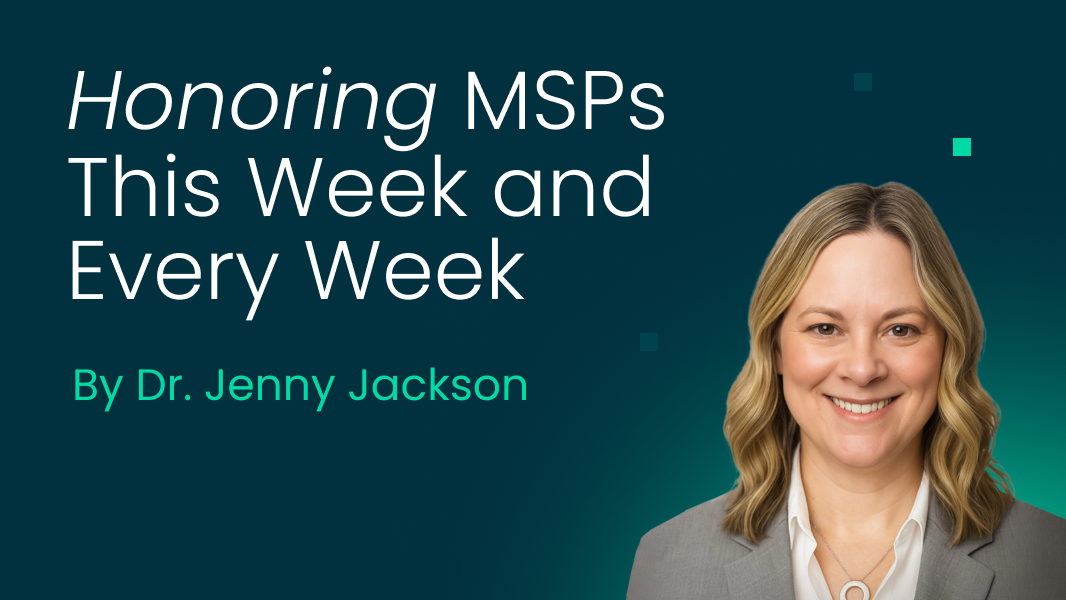This article first appeared in MultiBriefs
If 2020 has taught us nothing else, it's that telehealth is likely here to stay. But why?
Convenience is critical to its success, but it can bridge the gap of care between caregivers and patients during the pandemic. It's proving to be a legitimate solution to reaching patients in underserved areas.
Telehealth technology is no longer a concept but a tried and mostly trusted solution for care delivery. Since the height of the pandemic, patients' use has fallen, but people still like what it has to offer, and its use seems to be reaching critical mass.
Multiple studies bear this out. Most recently, according to UnitedHealth Group's fifth annual UnitedHealthcare Consumer Sentiment Survey, which examines Americans' opinions about numerous areas of healthcare, 56% said it is likely they would use virtual care for medical services.
Likewise, 26% said they’d prefer a virtual relationship with a primary care physician, the survey found.
In a separate study, Harmony Healthcare IT said that telehealth limits COVID-19 risk exposure -a priority considering that 71% of respondents said they are fearful of visiting a doctor's office or hospital of the pandemic.
This study was conducted in July 2020, with more than 2,040 Americans surveyed on telehealth, of which 51% were female, and 49% were male. The median age was about 37; they had employer-provided health insurance, while 23% had Medicare, and 10% had Medicaid.
Sixty-seven percent said they had used telehealth in some form since the pandemic compared to only 46% who said they had used telehealth before COVID-19. Similarly, 63% said they were apprehensive about their first telehealth appointment, but the vast majority (72%) ultimately enjoyed their experience.
When asked, convenience was the top reason for the patients wanting to use telehealth, followed by safety and flexibility as the top three factors patients liked the most.
Additionally, patients said they experienced shorter wait times compared to in-person visits, with more than half saying the time between scheduling an appointment and visiting their provider was shorter than in-person. Likewise, 61% said the virtual waiting room's time was also shorter than an in-person visit.
Interestingly, patients who participated in telehealth visits faced technical difficulties. One-third opined that they experienced delays during their telehealth visit because of technical challenges. Twenty-eight percent said those delays caused them to miss or reschedule their appointment.
Patients said they used telehealth for several medical providers. Primary care physicians were the most used (59%). Cardiologists (11%) followed, then neurologists (11%) and oncologists (6%).
Interestingly, 70% said they would be more willing to talk with a mental health professional if they could virtually.
Even though most respondents enjoyed their telehealth experience, many are still split on the type of visit they prefer. Overall, 55% said they would prefer an in-person visit. Among age groups, millennials said they felt the most comfortable using telehealth (59%), while baby boomers were the least satisfied (46%).
Forty-three percent also said they have concerns over privacy and security when using telehealth.
But overall, 70% said telehealth provides adequate care, and 66% feel that telehealth will eventually replace in-person doctor visits that don't require hands-on exams or labs.
Perhaps most surprisingly, 66% said they’d be willing to give up their current doctor if it meant they could receive a quicker telehealth appointment. That's no small shift in the landscape in how healthcare might be offered soon.
While the pandemic changed nearly every aspect of life in 2020 and required many to pivot, telehealth likely is poised to change healthcare as we have known it.

.svg)




